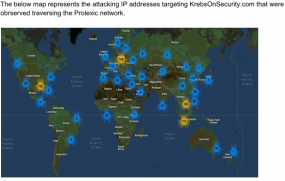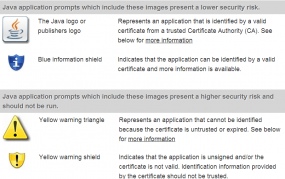Security experts are warning that a newly discovered vulnerability in Internet Explorer 8 is being actively exploited to break into Microsoft Windows systems. Complicating matters further, computer code that can be used to reliably exploit the flaw is now publicly available online.
 In an advisory released May 3, Microsoft said it was investigating reports of a vulnerability in IE8, and that it was aware of attacks that attempt to exploit this bug. The company stresses that other versions of IE — including IE6, 7, 9 and 10 are not affected by the vulnerability. However, all versions of IE8 are vulnerable, including copies running on Windows XP, Vista and Windows 7.
In an advisory released May 3, Microsoft said it was investigating reports of a vulnerability in IE8, and that it was aware of attacks that attempt to exploit this bug. The company stresses that other versions of IE — including IE6, 7, 9 and 10 are not affected by the vulnerability. However, all versions of IE8 are vulnerable, including copies running on Windows XP, Vista and Windows 7.
Meanwhile, a new module that exploits this IE8 bug is now available for the Metasploit Framework, a free penetration testing tool. I would expect this exploit or some version of it will soon be rolled into commercial exploit kits that are sold in the cybercrime underground (assuming this has not already happened).
Update, May 9, 9:00 a.m. ET: Microsoft has released a fix-it tool to blunt attacks on this bug. See this story for more information.
Original post:
The security hole has already been leveraged in at least one high-profile attack. Over the weekend, several security vendors reported that the U.S. Department of Labor Web site had been hacked and seeded with code designed to exploit the flaw and download malicious software.
The attack on the Labor Department site is seen as a watering hole attack, which involves the targeted compromise of legitimate websites thought to be of interest to or frequented by end users who belong to organizations that attackers wish to infiltrate. Previous watering hole attacks have targeted the Web site for the Council on Foreign Relations, the Association of Southeast Asian Nations, and the National Democratic Institute.
According to CrowdStrike, the server used to control this latest attack on the Labor Department site was microsoftupdate.ns1.name. The company said analysis of the logs from the attacker’s infrastructure revealed that visitors from 37 different countries browsed the site during the time it was compromised with the malicious code. AlienVault, Invincea and Cisco Systems have published additional details on this attack. AlienVault also said it has since spotted the same exploit used on at least nine other hacked Web sites, including several non-profit groups and a large European company.




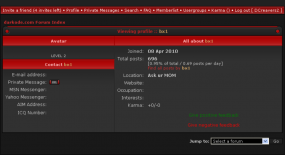

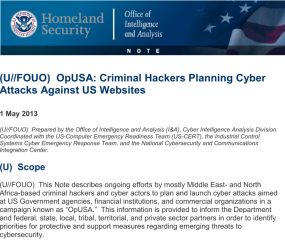





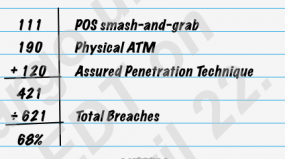


![After migrating the data from Exposed.su to Exposed.re, the curator added [Swatted] notations.](https://krebsonsecurity.com/wp-content/uploads/2013/04/Fotor0417131216-600x450.jpg)
